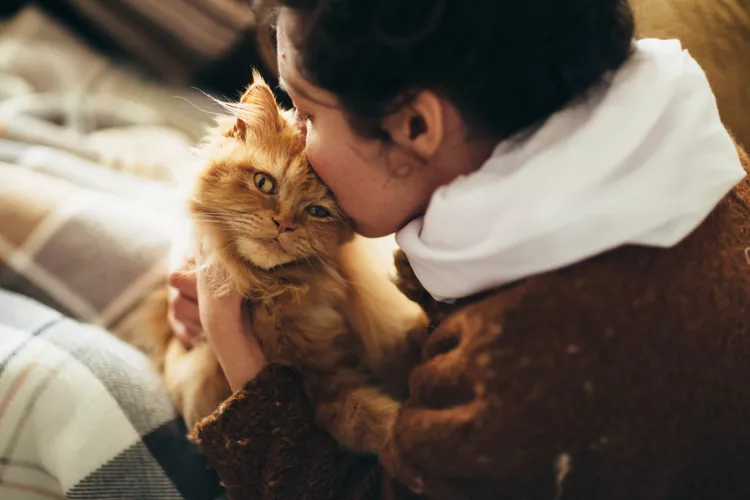
Vacations are meant to be fun for people, but due to the change in routine, they can, unfortunately, cause stress for cats and result in behavior problems and separation anxiety. Cat behavior problems can occur during the owner's absence, while the cat is being transported, or when the owner returns.
While some cats can cope well with traveling, staying in hotels, or being boarded in a kennel, most cats are better off when they stay in their own home with a pet sitter. This, of course, isn’t always possible, but thankfully some steps can be taken to lessen your cat’s stress and the likelihood of behavior problems at vacation time.
Cats adore routine and thrive on it, to the point that changing anything can potentially cause them to become stressed. When cat owners go on a vacation, a lot of things change for their pets, including the absence of their owners, different feeding times, less attention, new people, and sometimes new environments if they are being boarded.
It can take your cat anywhere from five days to two weeks to adjust and accept a new routine—and sometimes even longer. Just consider how long it takes some cats to accept new cats into their homes or to adjust to a new house. Both of these situations demonstrate how inflexible cats potentially are. A stranger, such as a pet sitter, who doesn't adhere to the routine also adds stress to your cat’s life. By the time your cat becomes used to the new routine with the pet sitter, you return from vacation and change their daily routine again. You also no longer smell familiar to your cat because they haven’t been able to refresh their cheek-rub markings while you've been away. As a result, some cats hide, become defensive, or exhibit unwanted behaviors.
One of the most common behavior problems seen in cats when a change occurs in the household is inappropriate elimination, especially urination outside the litter box. Cats may act out with aggression or be fearful toward pet sitters they do not know or in new environments such as boarding facilities. These emotions may cause them to urinate outside their litter box as they try to tell us they are scared or stressed. Since cats like the smell of themselves, the urine marking also helps calm them down by spreading their scent onto items that smell like their owner. Urine is challenging to remove from items like furniture, carpeting, and mattresses, so it is frustrating for people to deal with and clean up.
In addition to unwanted urination, cats may also start scratching things more if they are upset or stressed. Scratching is a natural behavior and is used to maintain the health of their claws and to mark their territory. But this behavior may increase and become an issue during stressful times for your cat.
New things often scare cats, and if your cat is scared they will hide. Hiding from the pet sitter, at a boarding facility, and even when you return home are all due to your cat being scared of the situation.
A scared or stressed cat may lash out aggressively or defensively. This is sometimes seen in extreme stress levels of cats that are in a new situation or environment. Swatting, hissing, lunging, and biting can all be signs of fear and stress in cats.
There are several things cat owners can do in preparation for a vacation that will make the time easier for their cats.
If your cat is staying home while you go on vacation, ask the pet sitter to meet them as many times as possible, well in advance of your absence. The pet sitter should offer your cat their favorite treats or play with them and their favorite toys. This will help your cat associate the pet sitter with something positive and pleasant. If your cat wants to run off, let them. Do not confine them to force a meet and greet.
Write down your daily routine and ask the pet sitter to follow it. Meals, playtime, grooming, lap-sitting interactions, and other important benchmarks should be followed as closely as possible in order to minimize stress for your cat. If you know the routine will change while you are gone, implement some of these changes several days before your departure, so the cat has already begun the transition without the further stress of your absence.
Bring out your suitcase at least a week in advance so that your cat gets used to it. Toss in treats or toys, so it's a positive association for the cat whenever they see your luggage. This also goes for your cat carrier if you need to transport your cat.
Leave behind a scented item, such as a t-shirt that you’ve worn but not washed, for your cat. Leaving this in the cat's bed can help your cat feel comforted. Some cats also appreciate your recorded voice/message to be played while you're gone but others become upset, so test this before you leave to see how they respond.
Before you depart, have each member of the family that your cat loves choose a pair of socks from their wardrobe. Rub the socks all over the cat and seal each pair in a separate plastic baggy. When you return from vacation, slip on the cat-scented socks so that you once again carry the cat's signature identification that "you are family."
If you will be boarding your cat, be sure to bring some of their favorite toys or treats and items that smell like you along with them to the facility. Try to have the facility adhere to your normal feeding schedule and play times if they offer them. Tell the staff about what your cat likes to do or where they like to be pet and if you have to transport your cat, be sure to do so in a carrier covered with a towel. Keep them calm in the car by playing soft music and stabilizing the carrier with a seat belt or on the floor of the vehicle. You can also put some treats or favorite food in the carrier.
Medications, nutritional supplements, and pheromones are also considerations for cats with stress and anxiety. Many of these items should be started before leaving for vacation and can be very helpful.

Exploring the Different Types of Pet-Friendly Beaches
Are you looking for pet-friendly beaches? Learn about the different types of pet-friendly beaches, their locations, and tips for visiting them with your pet.
Exploring Pet-Friendly Wineries: Types, Locations, and More
Discover the different types of pet-friendly wineries, where to find them, and what to expect when you visit. Learn more with The Spruce Pets.
Why Is My Dog’s Eye Swollen?
If your dog's eye is swollen, she may need veterinary attention. The inflammation could be caused by allergies, an injury, or even a tumor.
Can Dogs Eat Corn on the Cob?
Dogs love chewing on corn cobs, but this can cause serious harm. Learn about the dangers of corn cobs and find out what to do if your dog eats one.
Can Dogs Eat Papaya? What to Know About Sharing This Tropical Fruit With Your Pup
Papaya is safe for dogs in moderation, and it can even provide some nutritional value for them. However, too much can cause digestive upset, and it's not suitable to share with dogs with certain health conditions.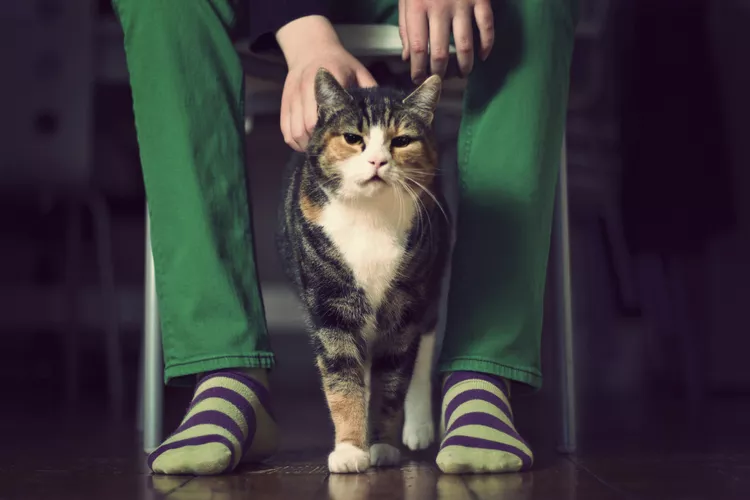
65 Irish Cat Names
Irish cat names can pay homage to historical places, local cuisine, famous Irish actors and musicians, or other wonderful aspects of the Emerald Isle.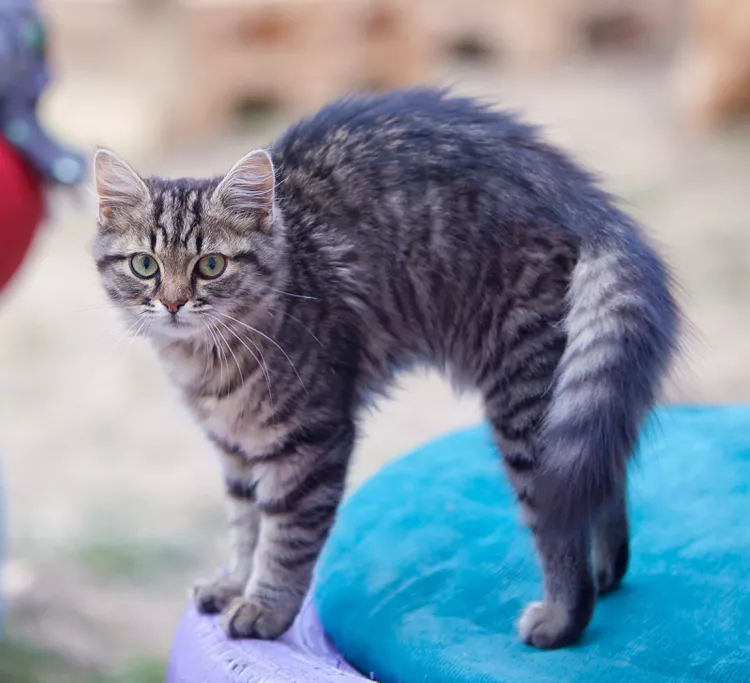
Feline Hyperesthesia Syndrome (FHS) in Cats
Rippling skin is more than dermal sensitivity in cats. It can be a sign of Feline Hyperesthesia Syndrome. Learn the causes, treatment, and prevention.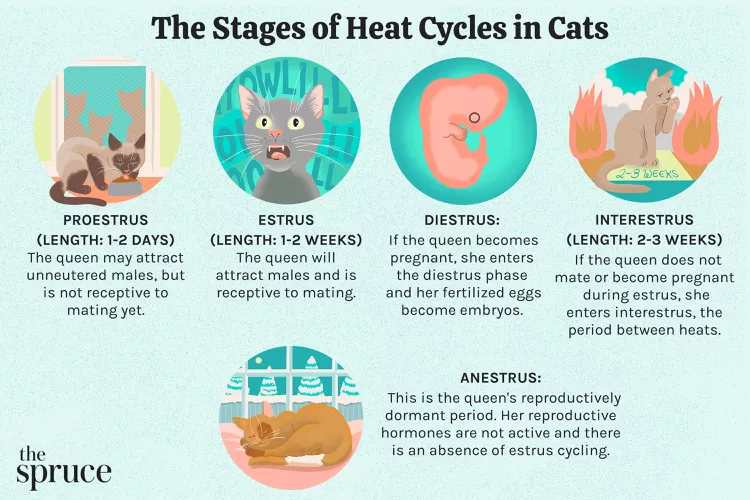
How Long Are Cats in Heat?
How long are cats in heat? Learn about the heat cycles of cats, also called estrus, as well as the reasons you should spay your cat.
Can Dogs Eat Raw Chicken Feet?
What are the potential health benefits of chicken feet for dogs? What are the risks?
Is Eucalyptus Safe for Cats?
Many products containing eucalyptus are not safe for cats, and it is important to be aware of the risks to your cat.
What You Need to Know About Homemade Cat Food
If you want to cook for your cat, make sure to read about the risks associated with homemade diets for cats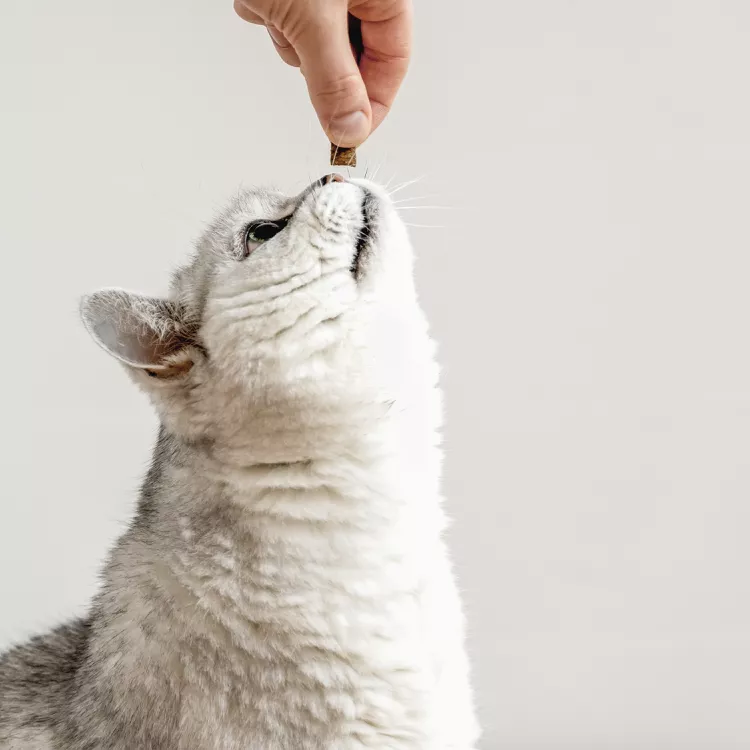
Can Cats Eat Peanut Butter?
Peanut butter is not toxic to cats, but it might not be the best choice of treat for them.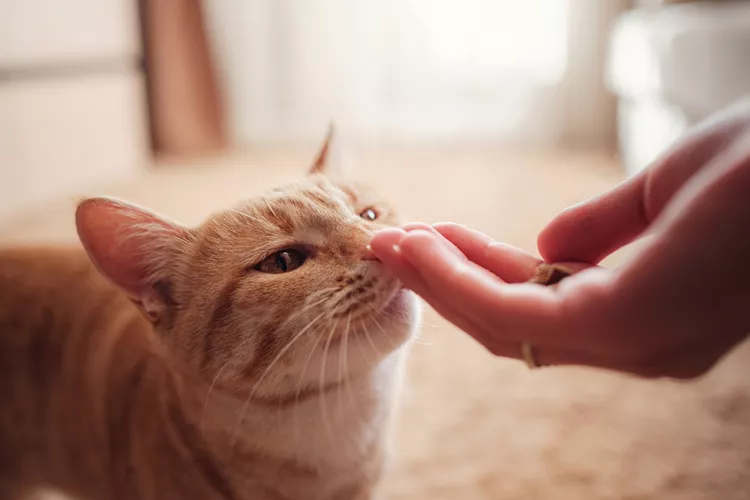
Can Cats Eat Cheese?
Can cats eat cheese? Is it healthy for them? How much can they eat and what should you do if you fear your cat has eaten too much cheese?
8 Flat-Faced Cats with the Cutest Smooshed Faces
These flat-faced cat breeds have a distinct and adorable appearance. Learn about their origins and traits, and the potential health risks tied to their unique facial structures.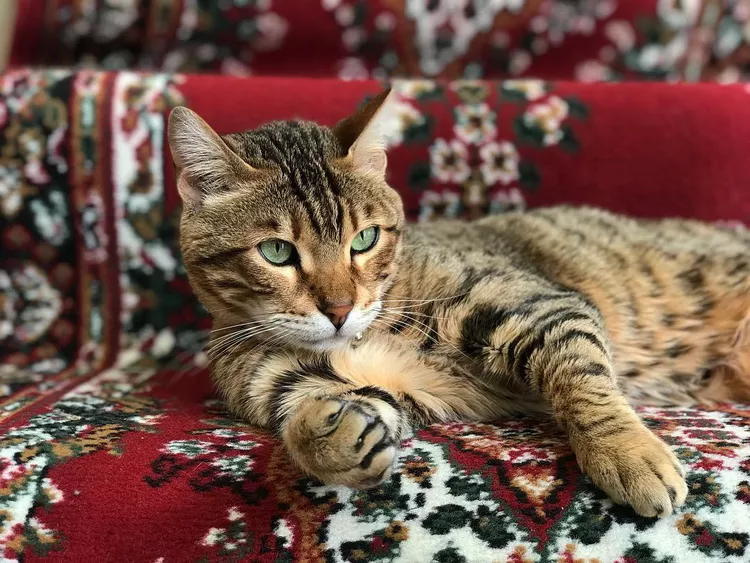
Pictures and Facts About Bengal Cats and Kittens
Bengal cats are a cross between wild cats and domestic cats. Learn more about what they look like and pictures of this beautiful spotted breed.
Top 10 Big House Cats
Larger cat breeds, like Maine coons and savannahs, deserve just as much love as their petite counterparts. These big house cats tip the scales.
Cairn Terrier: Dog Breed Characteristics & Care
The cairn terrier is a spunky, affectionate, and intelligent dog from Scotland. The breed became famous when one played Toto in The Wizard of Oz. Learn about the temperament, history, health, and care needs of the cairn terrier dog breed.
Reasons Why Dogs Grind Their Teeth
Some dogs grind their teeth. Learn why dogs grind their teeth and if it can be harmful. Find out what to do about teeth grinding in dogs.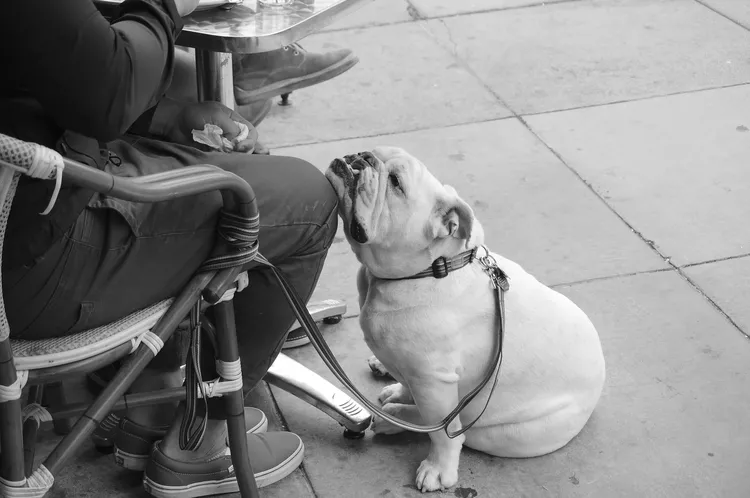
This Is Why Some Dogs Lean on People
Certain dogs really love leaning on their humans. What does this mean? Find out why dogs lean on people and if this is ever a problem.
Can Dogs Get Depression? How to Help Your Sad Dog
Can dogs get depression? Learn about the signs of depression in dogs and find out how to help your sad dog.